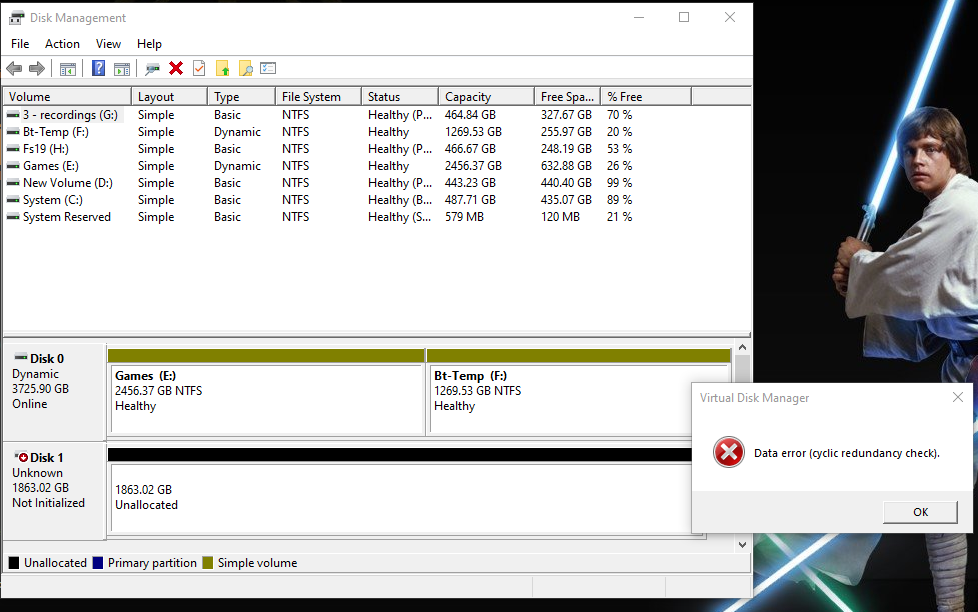

How exactly CRC works is beyond the scope of this article. If they don't, the packet received is erroneous and should be discarded. If the two match, there were no errors introduced in the transmission, and the packet is safe to process further.

The receiver will perform the same calculations on the packet, and check if the generated CRC matches the CRC that came in with the packet.

If a transmitter is sending a packet to a receiver, the transmitter will calculate a CRC code based on some polynomial calculations on the packet, and append it to the packet. The idea is similar to parity, but this is much more robust. It is, in simple words, an algorithm used to detect errors in received messages. CRC stands for Cyclic Redundancy Check (CRC).


 0 kommentar(er)
0 kommentar(er)
